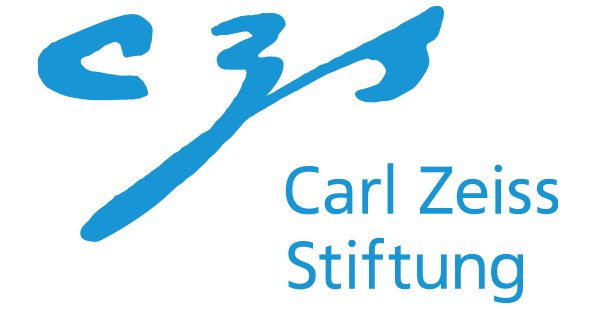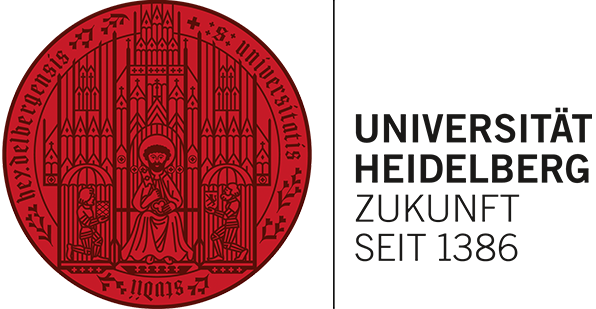Molecular Units (A1)



It serves as the “molecular foundry” to support the other Thrusts in our Cluster with powerful building units and structures. Furthermore, it provides the functionalization of surfaces envisioned and fabricated in the Research Areas B and C.
In Thrust A1, we will tackle three challenges: the scalability, the design, and the functionality of molecular units or modules. Utilizing the methods of organic synthesis supported by molecular modeling and electronic structure calculation, we will address the synthesis of molecules and molecular building units with sizes from 1 nm to 10 nm, different geometries, and specific functions. We aim for two general structural classes: highly functionalized units for crystalline materials and organic/hybrid organometallic spherical structures for layer-by-layer molecular printing. These are based on organic, inorganic and hybrid structures, or more precisely, on rigid non-aromatic and aromatic systems, porphyrins, fullerenes, and nanoparticles. The resulting libraries of functional molecular building units are tailored in such a way as to achieve the temperature stability, chemical stability, length scales, electron-conductivity, and photo-switchability of materials for 3D printing required by the other Thrusts.
The systematical span of the obtained chemical data as well as its storage, sharing and evaluation will be supported by the Combinatorial platform (www.complat.kit.edu) and Electronic Lab Journal (www.chemotion.net) which have been established in order to complement our ongoing research work.

Prof. Dr. Stefan Bräse
Karlsruhe Institute of Technology

Prof. Dr. A. Stephen K. Hashmi
Heidelberg University
Please also note our dedicated Opportunities page.
Images
Description: Modelling direct laser writing (Source: Elaheh Sedghamiz)




